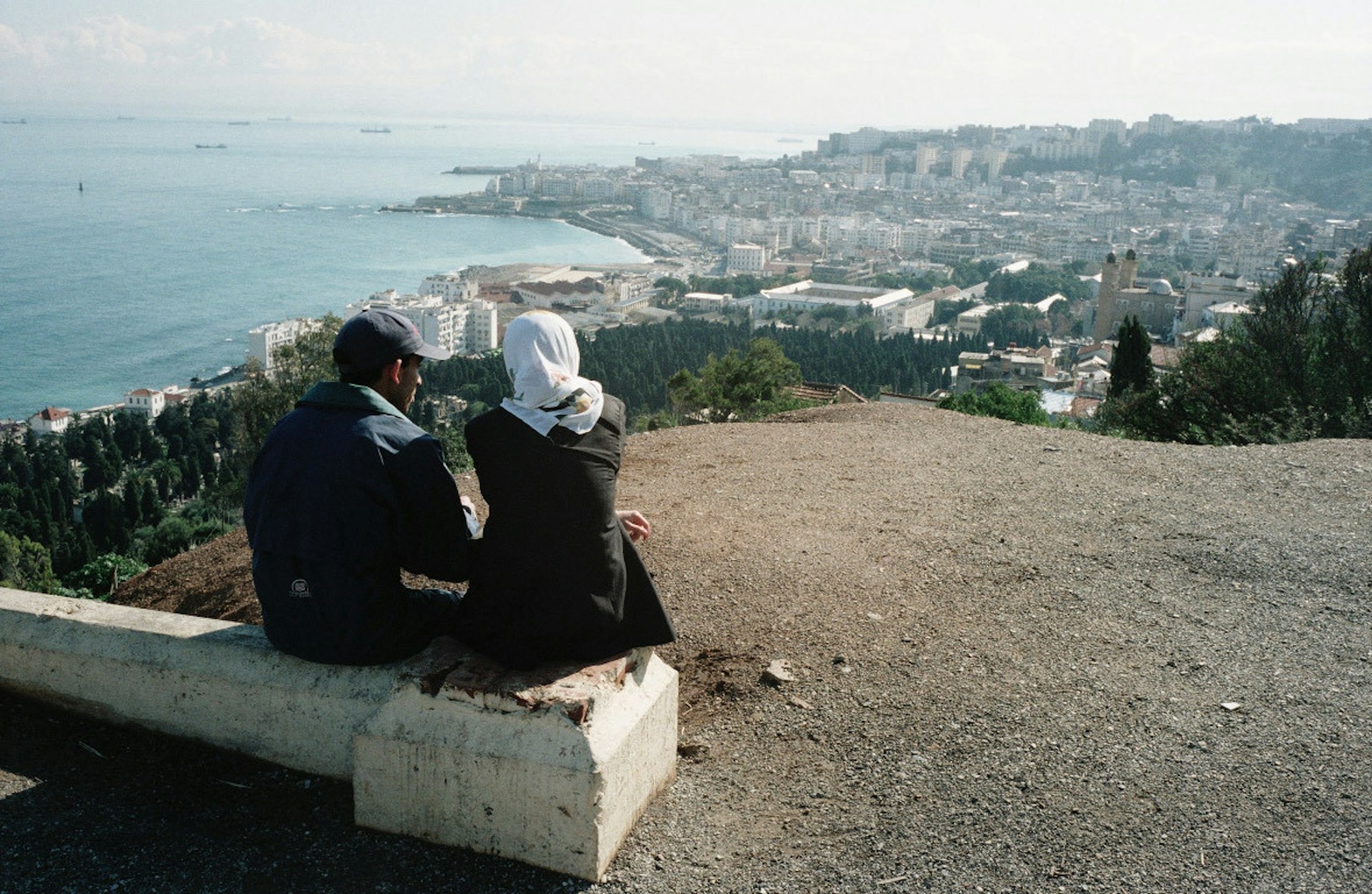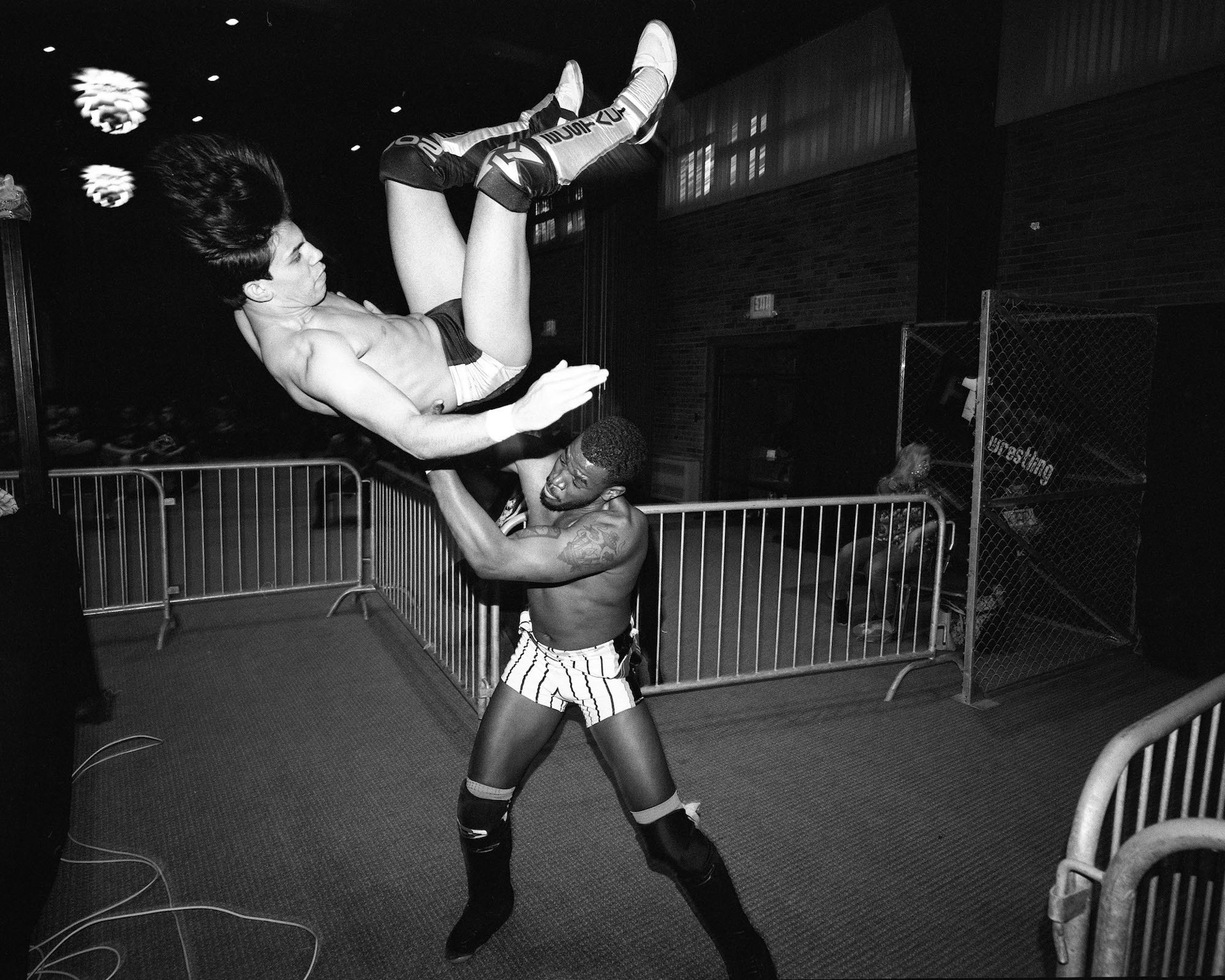
Brutal portraits showing the realistic side of pro-wrestling
- Text by Sean Neumann
- Photography by Michael Watson
It’s not everyday you’ll hear a music photographer say they’ve become bored with the subject. But when Iowa native Michael Watson felt “burnt out” snapping the same shots of the same hardcore bands at the same DIY spaces every night, he turned to another lifelong interest that shared similar punk roots: professional wrestling.
One weekend, nearly a decade ago, Watson drove five hours to the Chicago suburbs to give wrestling photography a shot. There, at an AAW Pro wrestling show at the Berwyn Eagles Club, Watson was immediately drawn to the parallels of his experience in the Midwestern DIY music scene: the gritty venue, the wrestlers’ roles in hosting and performing at the show, the crowd being right up against the action. “It just felt like home,” Watson says. “The whole thing just felt like it did when I started going to see live music when I was 17 with how everyone interacted with each other. There was that blurred line between performer and crowd, and that really intimate setting, which is my favourite atmosphere for art in any medium.”
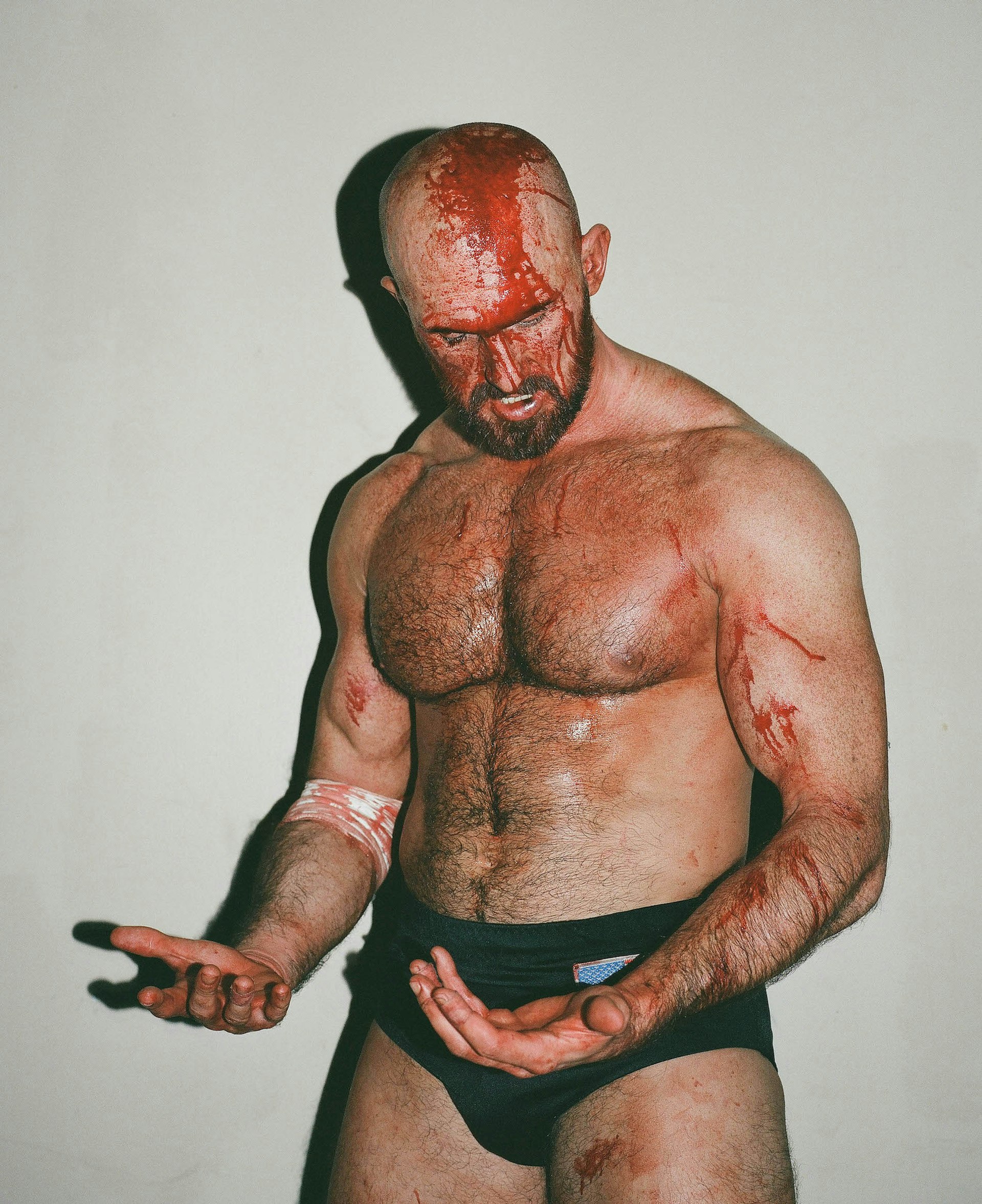
Since then, Watson has become one of the most notable photographers in professional wrestling. His candid backstage images have captured the careers of some of wrestling’s biggest stars, from their time wrestling at small DIY spaces like the Berwyn Eagles Club to performing on live television each week. Watson, who documents his work via his Instagram, is routinely hired by All Elite Wrestling to document their major pay-per-view events, while he’s supplemented his career teaching photography at local colleges and releasing zines and photography books showcasing his work.
Huck caught up with Watson to talk about his winding career as a pro wrestling photographer and what makes the art form so unique to capture on film.
What led you to photographing pro wrestlers?
Michael Watson: I was kind of getting sick of shooting the music scene, because it’s kind of the same venues, the same people… You can only shoot the same looking band on the same stage for so long. It’s a lot of people, and people who slam into your gear. So I was a little bit burnt out on that, and I was watching wrestling and I was like, ‘That’d be fun to shoot!’ And that started my curiosity. I shot a show in Chicago for AAW at the Berwyn Eagles Club, which is some weird legion hall. Like, how much more [like] independent music could that be?
How do you go about trying to capture that energy you’re talking about? That intimate, blurred lines scenario that pro wrestling and punk music both exist in.
One of the reasons I lean on black and white film is it has that grainy, raw texture to it. Some of it goes back to a conversation I had with this wrestler Chris Brookes. It was at a time where the independent wrestling scene was really blowing up, and all of the media and photography around it was trying to be really high-polish, making it look like it was even more pro than it was – you know, kind of trying to hide how dingy and dirty the legion hall is. Don’t get me wrong, that’s totally my thing. I absolutely love it. But I started to experiment with bringing some of my film cameras to shows and I was like, “Eh, nobody wants this, but I want it.” I was doing it for me and starting to think I could put out a zine, again just blatantly stealing a lot of influence from the punk and hardcore scene with that style of art.
So, [Brookes and I] were talking during the show, and I was still pretty insecure. Like, no promoter was going to ask me, “Hey, can you make sure you send me those shitty, grainy photos you took in only black and white?” But Chris was saying how he really liked my photos because they capture the more realistic atmosphere and don’t try to hide the blemishes. They’re very raw and show the intimacy of these shows, and it’s not a bad thing that the building is small and the crowd is packed into the ring and stuff like that. That really changed my mind about how I was looking at the photos I was taking. Instead of trying to catch up technologically and trying to fit into where the industry was heading by making these high-polish photos in a way that wasn’t working for me, I was just trying to do my own thing and borrow influence [from things] I liked.
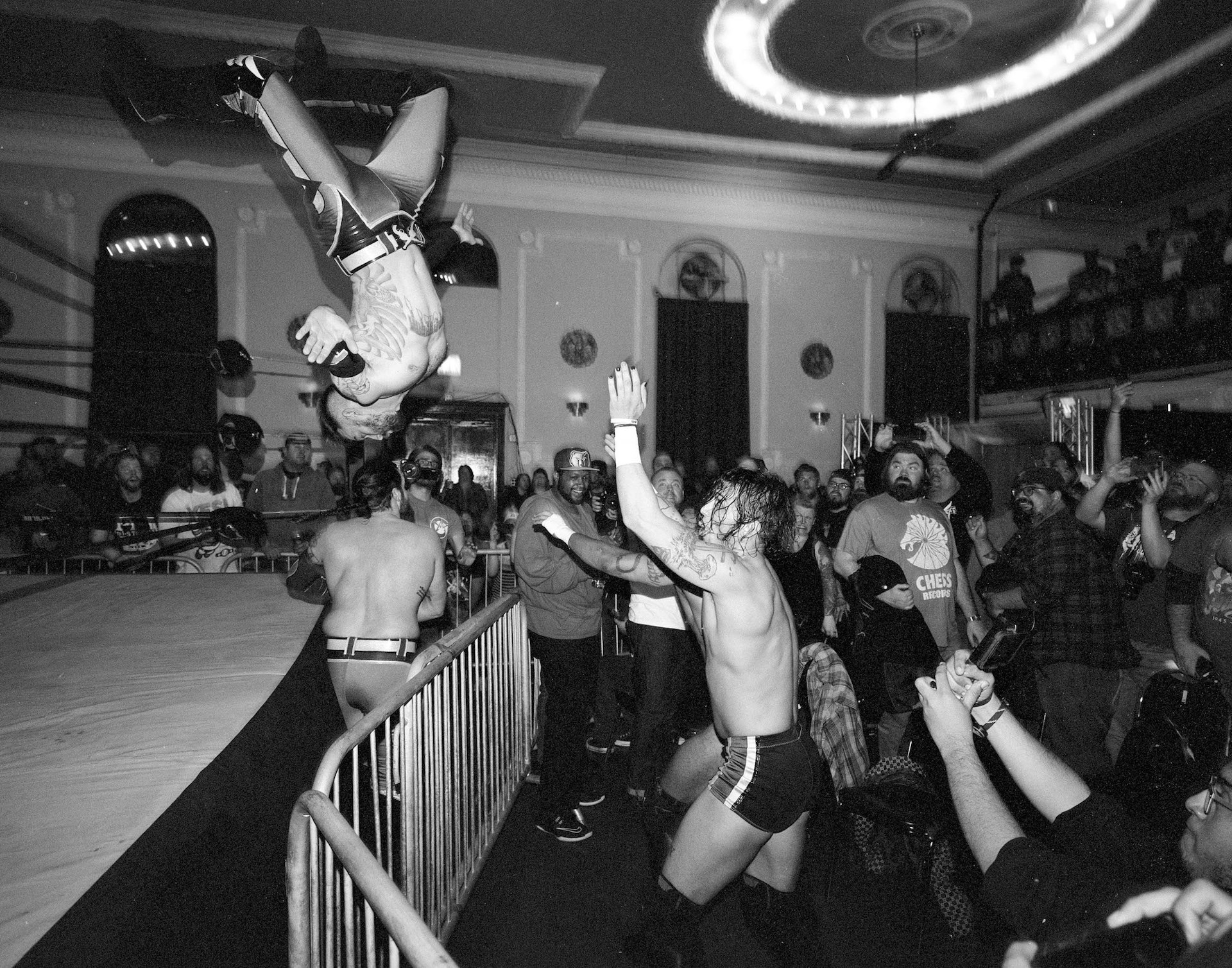
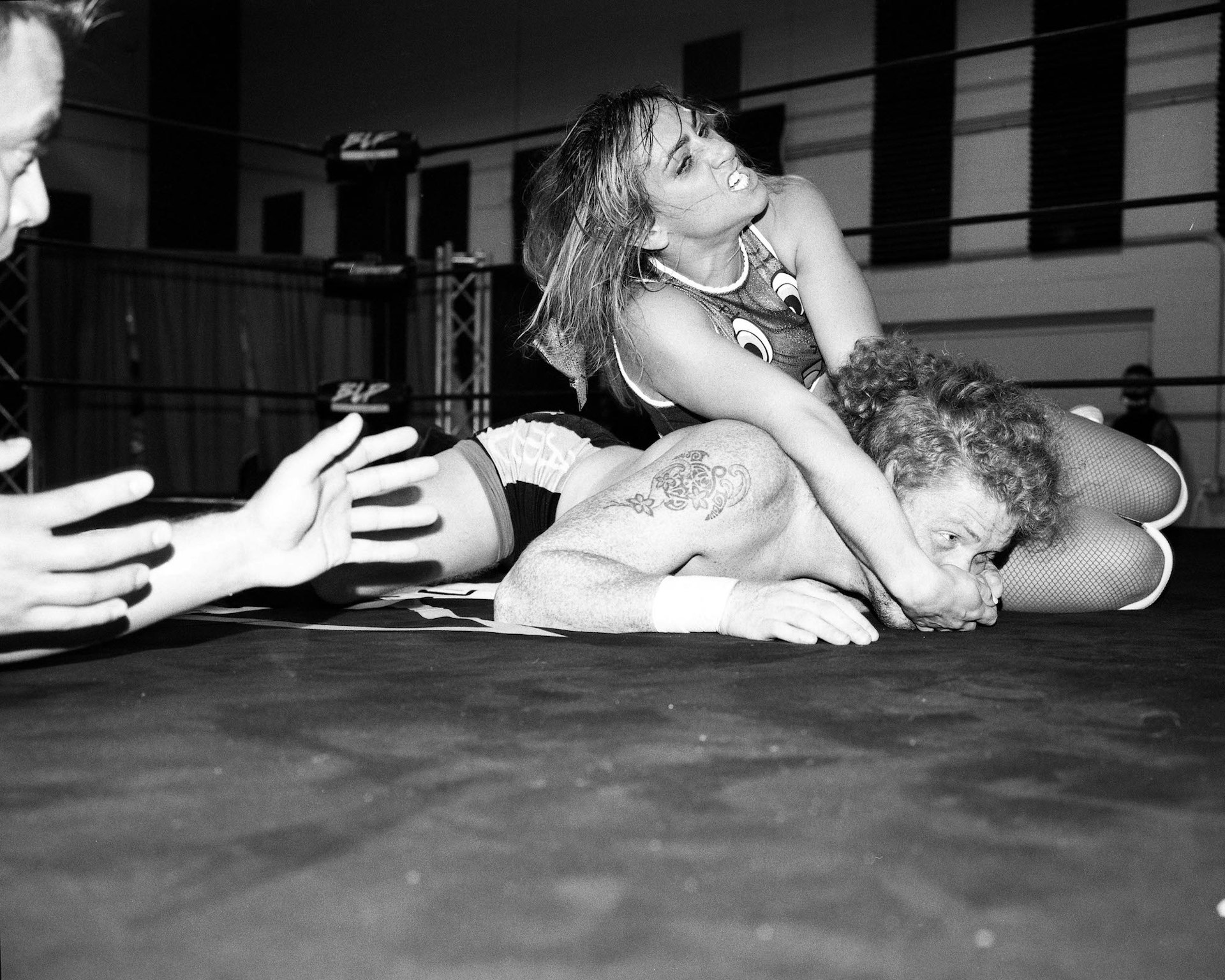
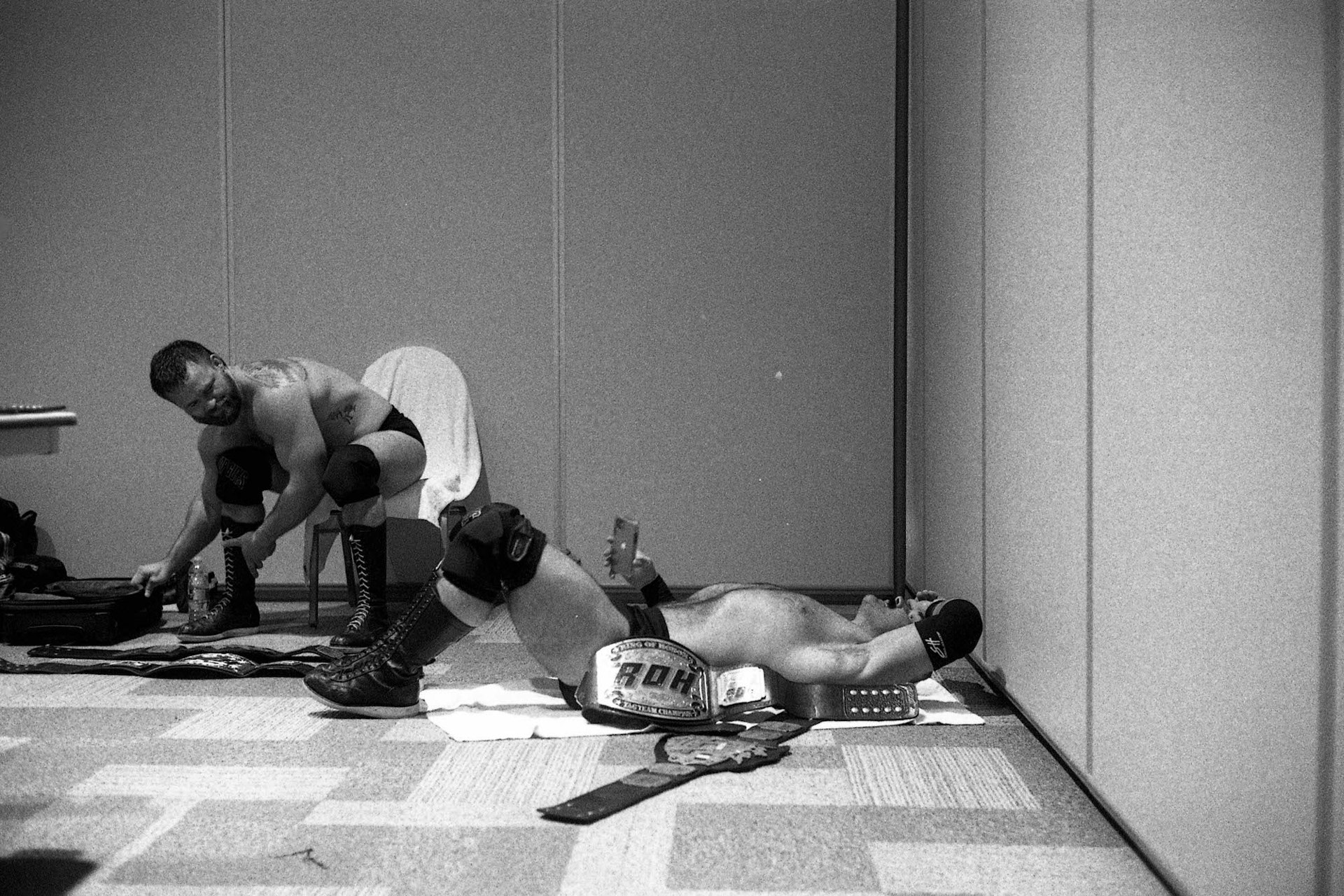
When you’re finding a setting for a backstage photo, how do you go about that? Do you try to find a good environment to take photos in and wait for a wrestler to get there?
I’m not directing most of those, because most of the time I don’t need to. Whatever they’re going to do is just going to happen and my photo is going to look important because of who it is. The setting isn’t as important. You can make the environment work for the photo. You can suss out the best kind of composition based on where they are, what they’re doing, and what’s going on with them. A lot of the opportunities to be present for these moments is just time put in, though.
What do you mean, in the way you’ve built up trust with the wrestlers you shoot?
Yeah, exactly. You have to build this trust and you have to be around a bit. I can’t just shove my camera in someone’s face, especially at an indie show, because who knows who I am? Some of these more intimate moments, like the ones with FTR [after winning their ROH World Tag Team Championships last year] – I’m still not going to go up to somebody that I’ve never spoken to, that has no clue who I am, has no idea what I’m doing. But if you don’t know them directly, you definitely know somebody that knows them directly. You kind of check and clear with them. And then it’s like, ‘Oh, well, this person says that you’re good to go, so I’m going to trust you as they would.’ I’m more following these people around, to some degree, until I see a photo. I’m not doing a full paparazzi thing where I’m following them around and clicking, clicking, clicking. If there’s someone I want to photograph, I’m keeping an eye on what they’re doing out of the corner of my eye to see when the best moment for me to capture the photo will be.
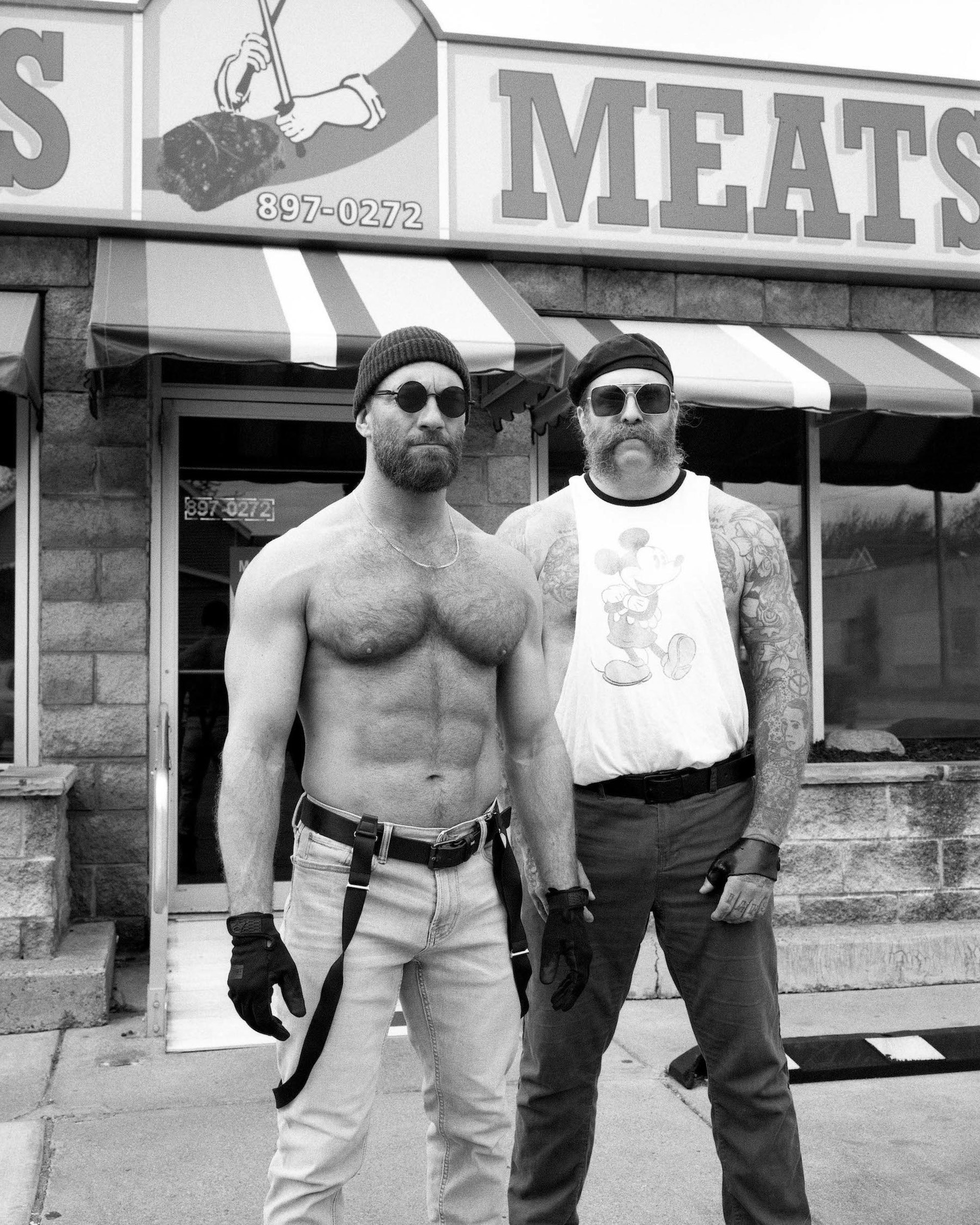
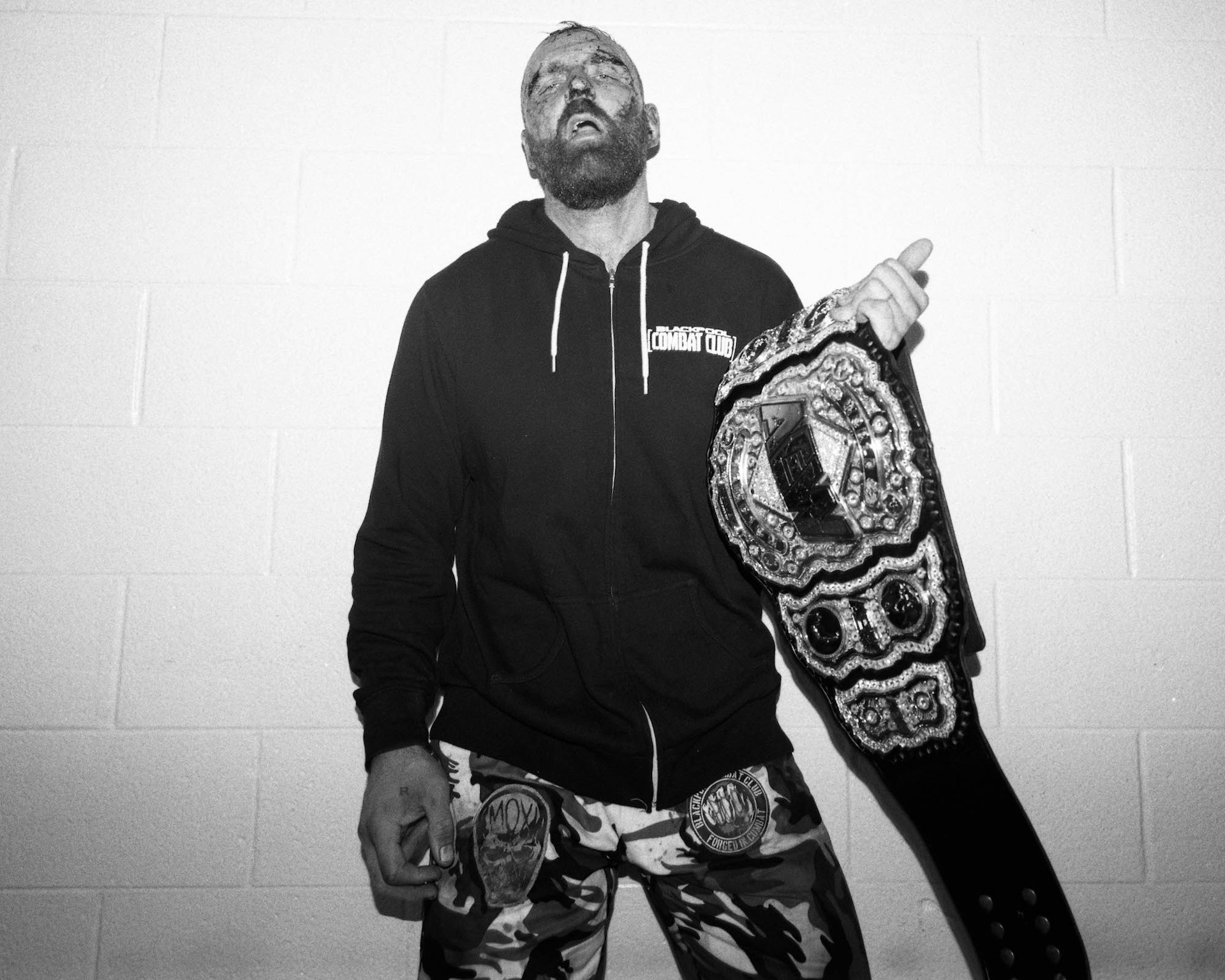
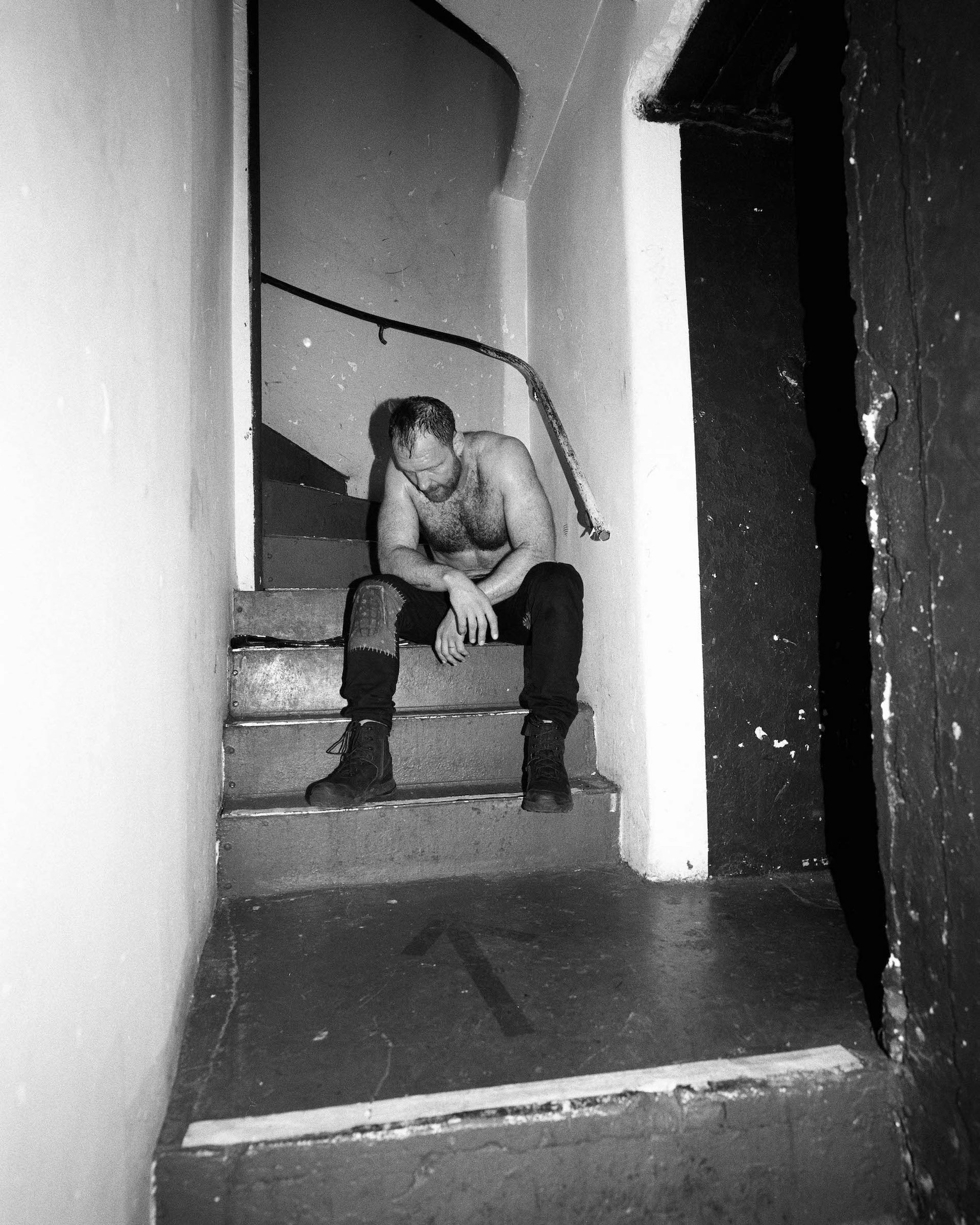
Are wrestlers willing to give you time before or after a match to shoot photos?
Time becomes a huge factor. If I’m lucky, I’ll have a minute of portrait time for somebody. Especially if I’m trying to get a shot when they’ve just come back from their match, I’m trying to be respectful of ‘Hey, you just went out there for a 30-to-60 minute match, I’m not trying to be in your face, and you’re not performing right now.’ But also there’s a job that I’m doing, and I think these moments are important to document in the annals of wrestling. It’s cool to have that blurred line between the performer and the person decompressing from that match.
Most of it is just being around and being someone that can take social cues, and they know I’m not going to come and punish them when they’re in the middle of something. If they’re like, ‘Not now,’ I’m just like, ‘Yep, no problem!’ It’s a weird kind of high-pressure situation. These people are about to go out to, or have just come back from performing for a lot of people in a very physical way. It’s dangerous. so I understand from perspective that a guy wanting to flash a camera in their face is literally the last thing on their mind. But I think a lot of people appreciate it after the fact.
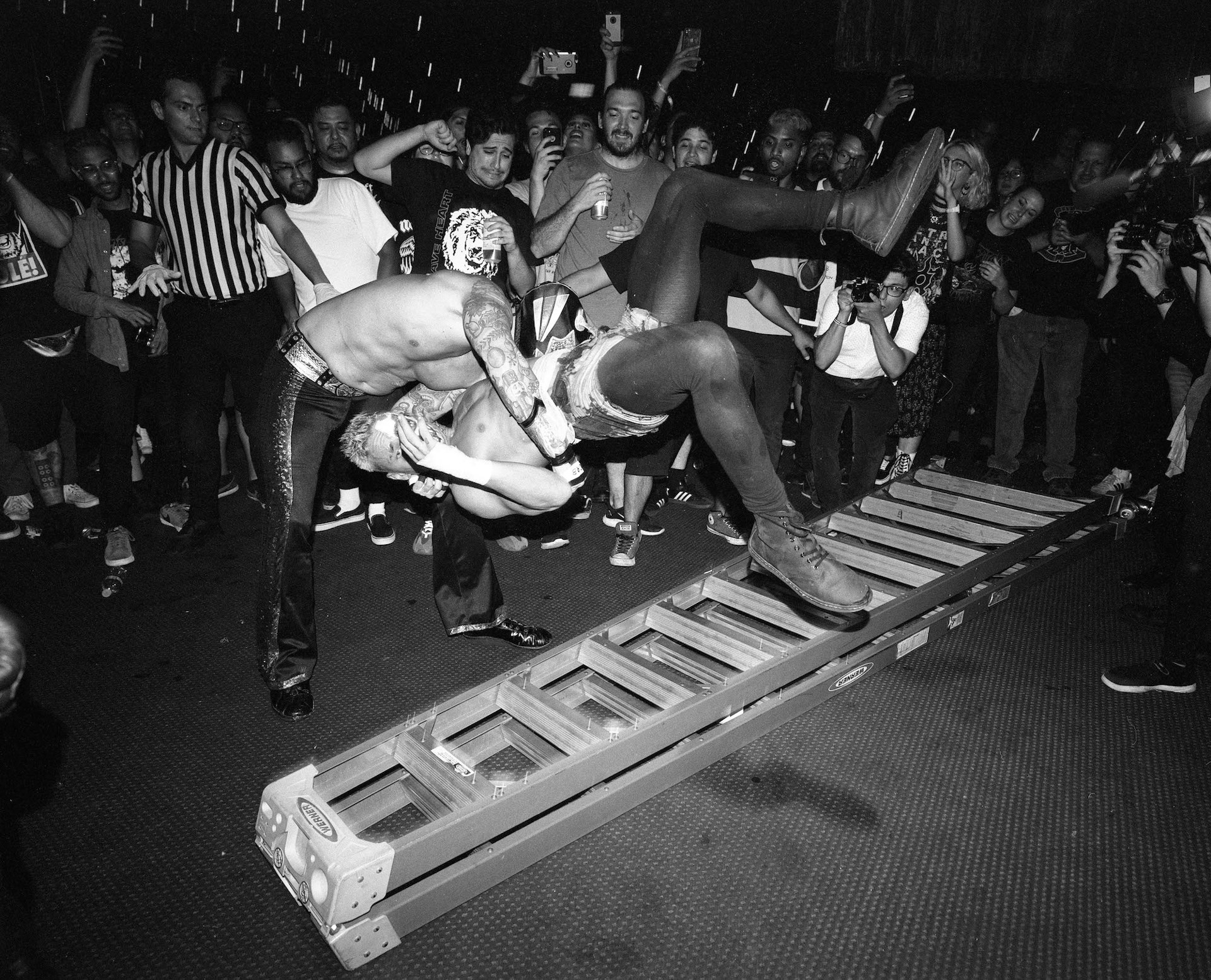
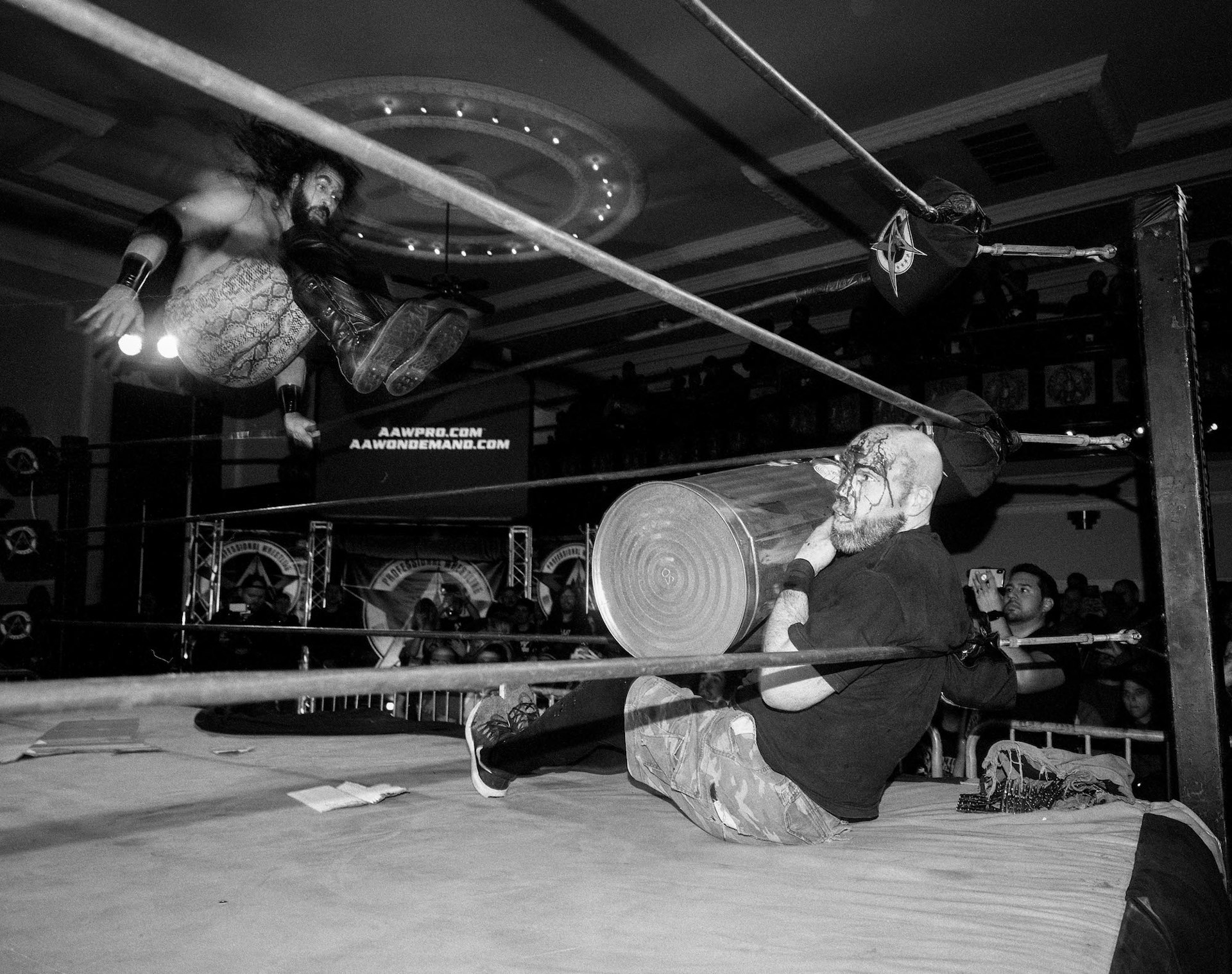
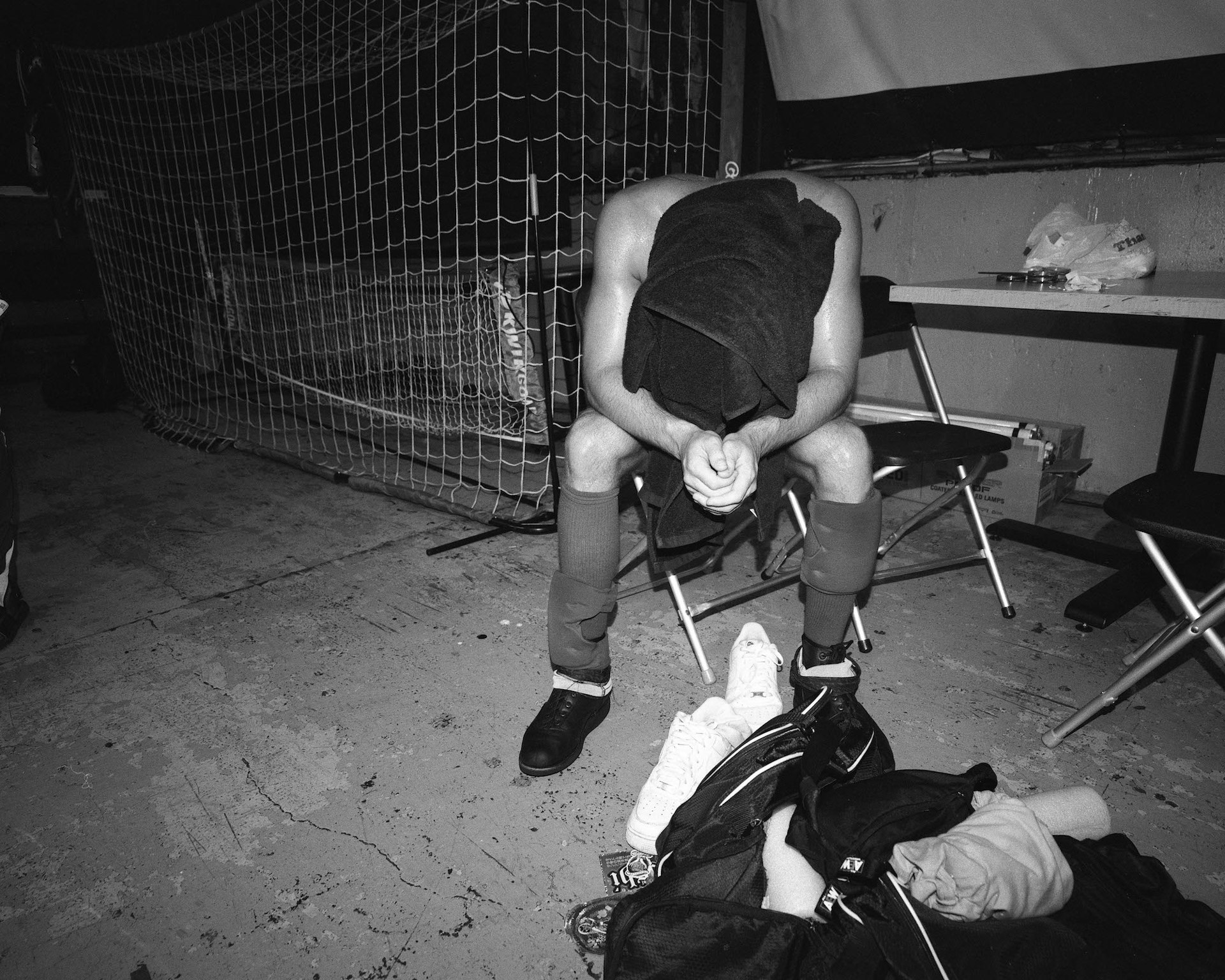
You put in a lot of thought into how you want to capture the reality behind pro wrestling. What do you hope people are getting out of your photos, whether consciously or subconsciously?
I think the goal I’m working towards, especially with a lot of the after-the-match portraits specifically, is that blurred line where it’s still the performer, but also the bit of the person that just did that match is showing through in the humanity of it all. The real goal for me as a portrait photographer is to capture the essence of a person. That sounds really cliché, but a photo where you can look at a person and go, ‘Oh, that’s that person.’ Because you can take really, really nice photos of people that don’t look like them. They might be super flattering and nice photos, but they might be doing something they would never do, or they’re clearly uncomfortable getting their photo taken, or whatever it may be. It’s a tricky thing to chase, but it’s what interests me the most about portraits. I want people to feel the energy of what the wrestler is portraying. And usually that’s kind of this beat up, brutalised kind of feeling, but sometimes it can be a bit more jovial or relieved, too.
How much does shooting in black and white play a role in how those emotions are portrayed in your work?
I think there’s something about shooting in black and white that has this classic look to it. The way that I like to shoot a lot of my portraits, with a hard flash on a pretty plain surface, can give the wrestlers a very timeless look. If you knew about wrestling but didn’t know the wrestler, you could put one of these photos in front of them and ask, ‘What era do you think this person wrestles in and what territory?’ And they’d have no clue. And I like that. It lets a wrestler’s personality speak for itself a little bit more.
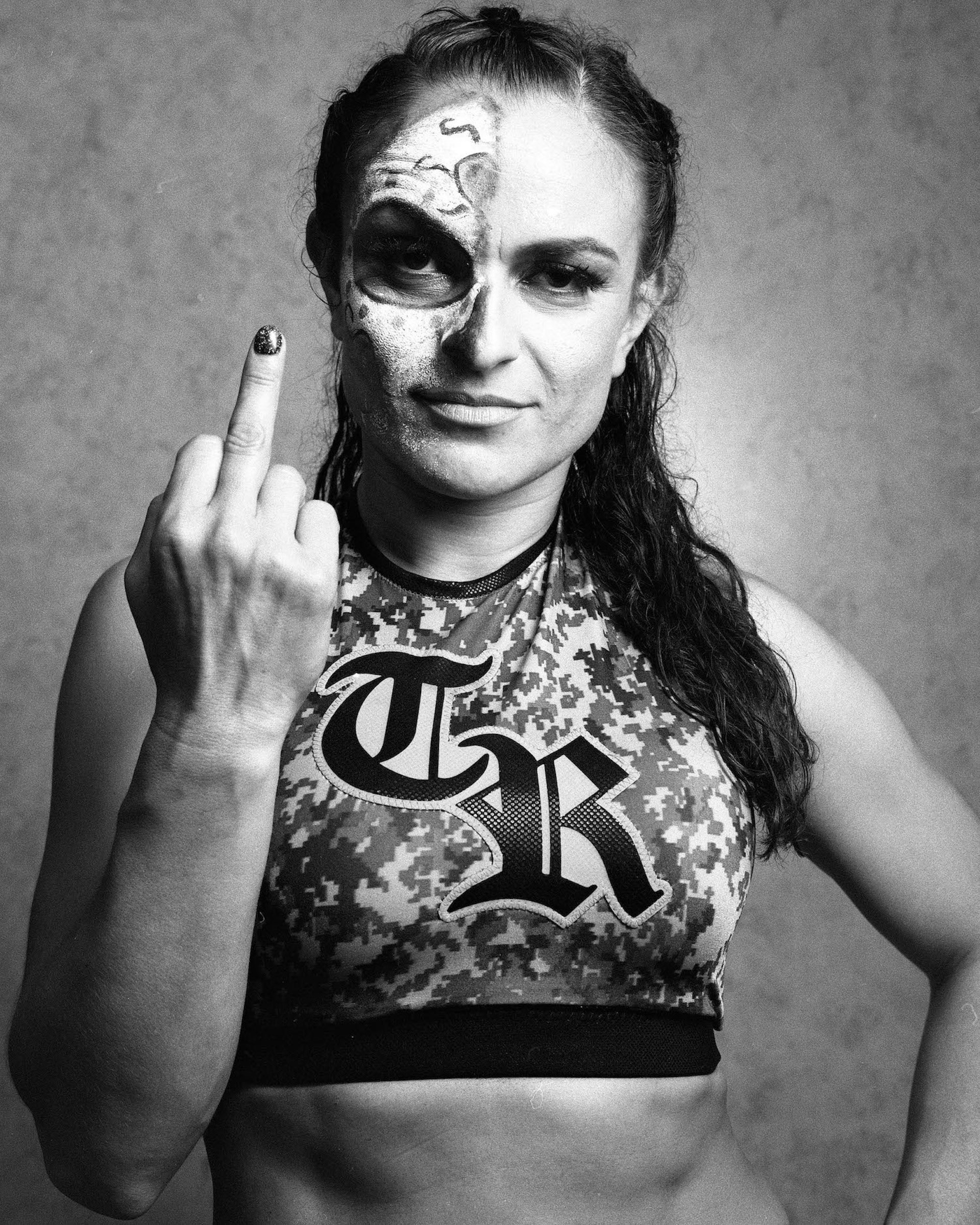
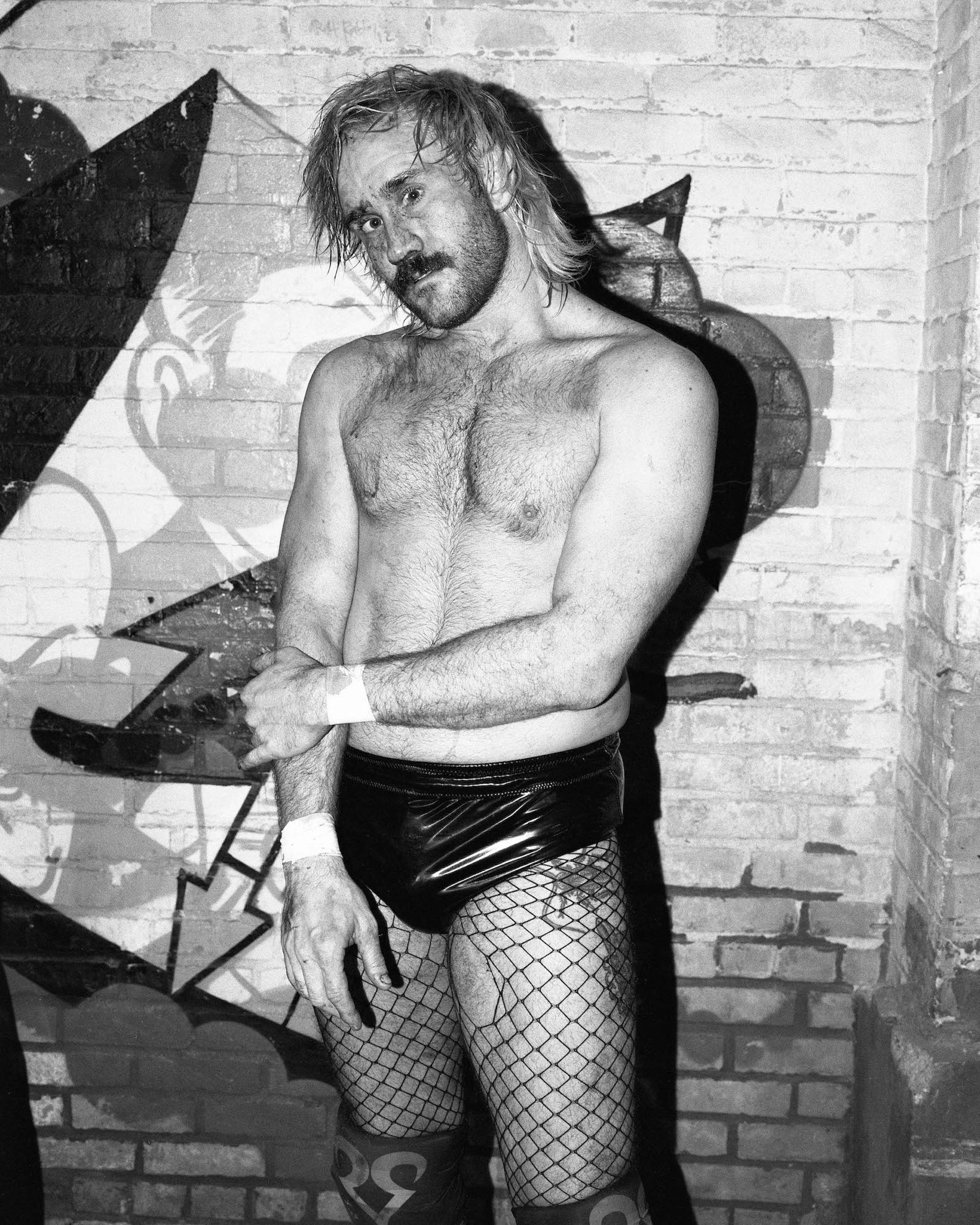
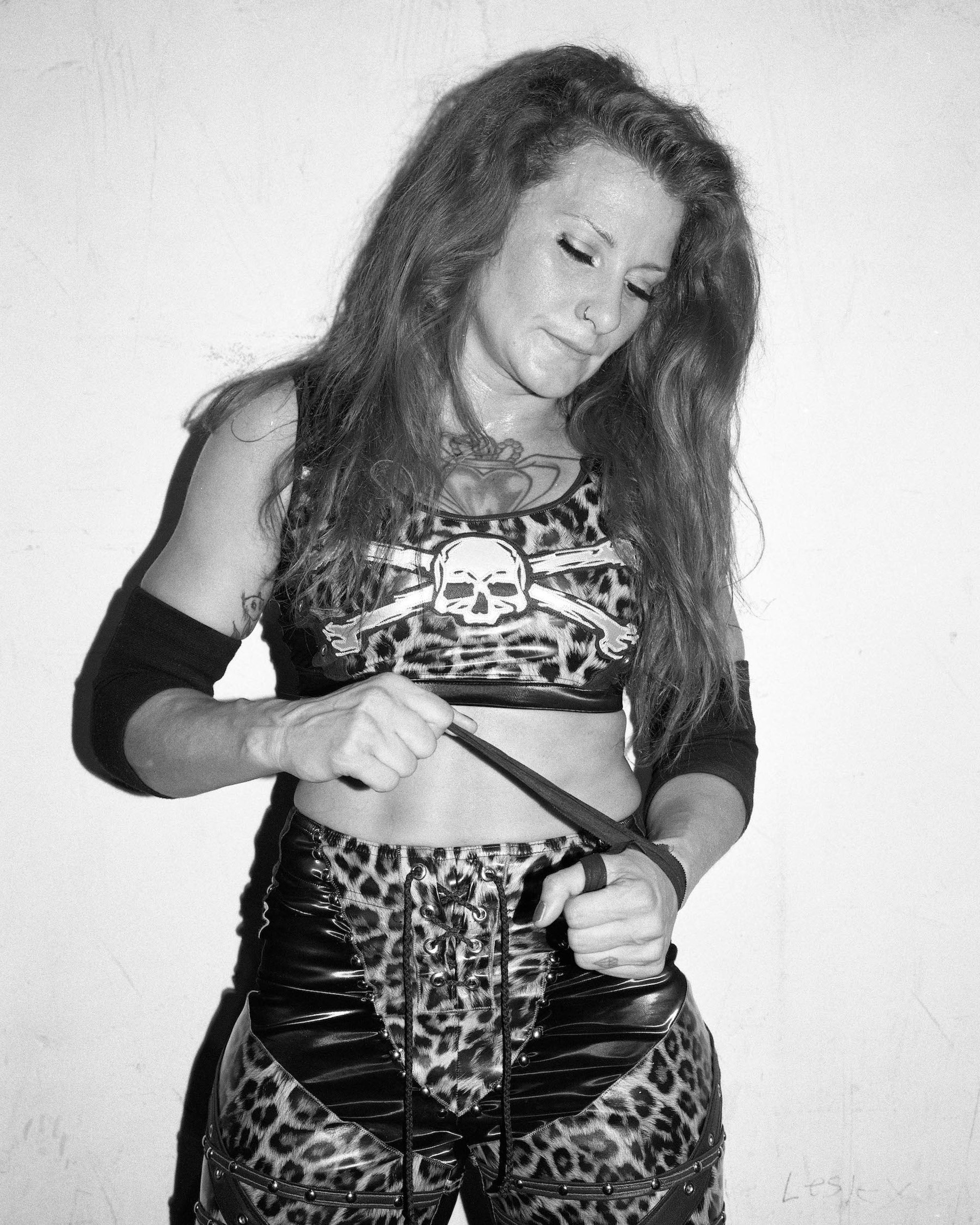
What is it about pro wrestlers that make them good subjects for you?
What doesn’t make them good subjects? What a bizarre, colourful cast or weirdos – and I say that adoringly. That’s my people. The theatrics of it all, it’s everything. There’s all these different flavours. Wrestling is one of those very rare things that draws people from every kind of subculture. Any kind of personality type you can think of is represented in some way.
A wrestling locker room isn’t like any concert you go to, because any concert you go to is generally the same community or circle of people. And while wrestling fans can kind of represent that as a demographic, the people involved in wrestling – and wrestlers as a group of people – are so random. You have all of these really interesting and very diverse people in an area to photograph, and then you’re telling me they’re all going to put on crazy costumes or oil themselves up beforehand or make a bunch of crazy faces at me? Sign me up!
I can’t think of anything more dynamic. And it sort of feels like a cheat code because of who these people are. Part of their training is to portray this character, so I feel like I just have to push a button half the time. The fan part of me has made it more enjoyable, but it’s definitely about the photographic exercise for me. It’s the dream of any photographer, to find a niche or a subculture or whatever that you can get ingrained in and document from the inside, and I’ve been really lucky to do that in this very cool community that’s been super welcoming to me. I’ve made a lot of really cool friends with other photographers from all over the country and all over the world. I don’t think I’ll ever find anything else that’s as interesting to me to shoot, and that’s constantly evolving like pro wrestling is.
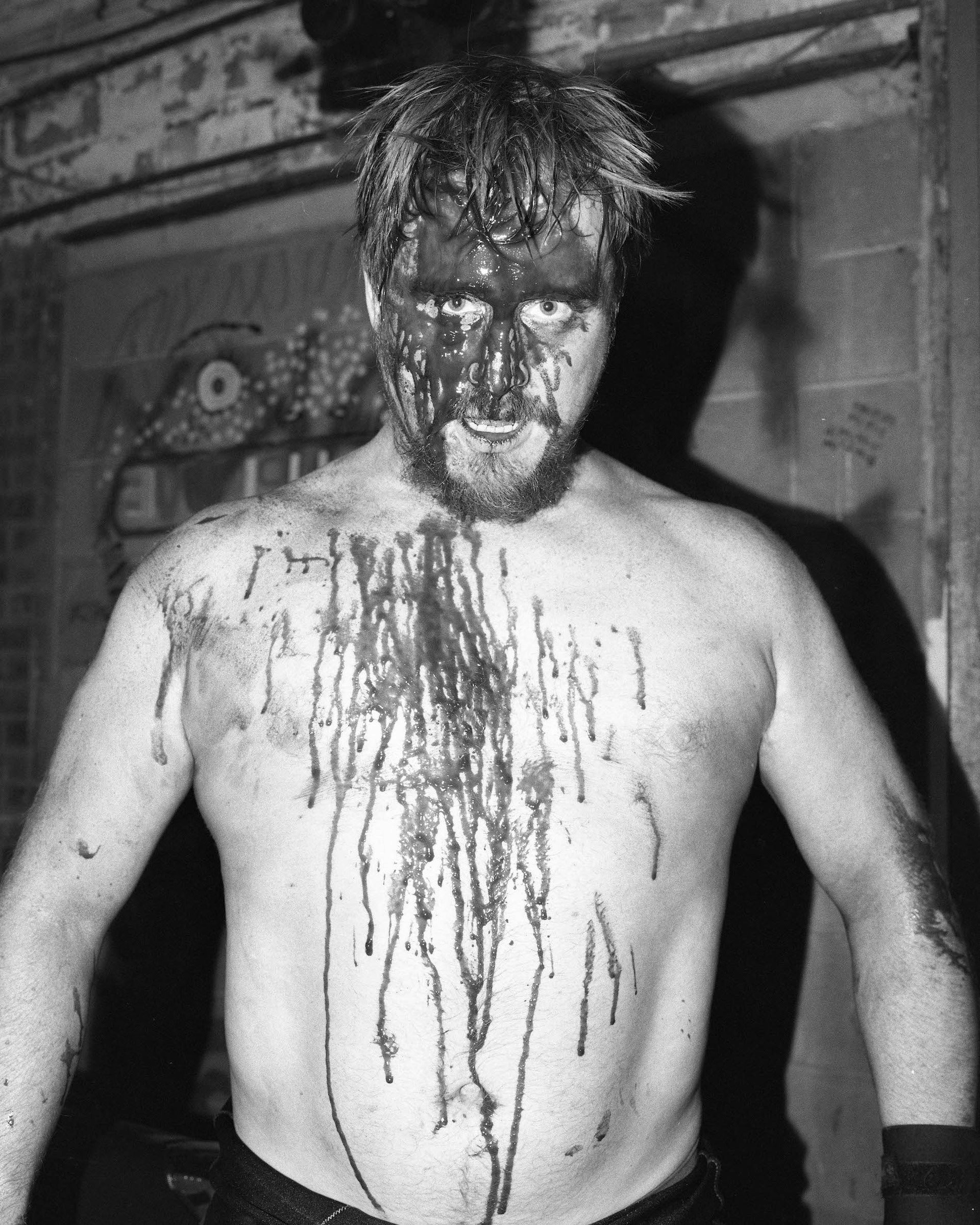
Follow Sean on Twitter.
Enjoyed this article? Like Huck on Facebook or follow us on Twitter.
